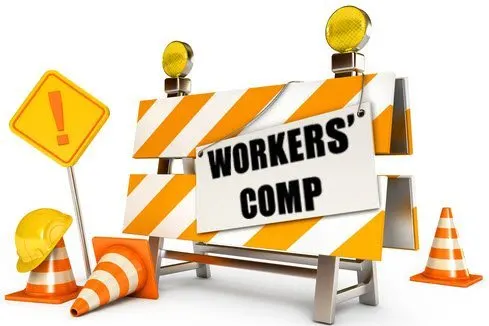Posts
Showing posts from 2022
Maryland Court of Appeals Prevents an Injured Firefighter from Double Dipping
- Get link
- X
- Other Apps
Maryland’s Intermediate Appellate Court Expands Scope of Personal Safety Exception
- Get link
- X
- Other Apps
RSRM Congratulates its Attorneys on their Maryland State Bar Association Appointments!
- Get link
- X
- Other Apps
The Court of Special Appeals Clarifies Subrogation Rights of Carriers Under the Maryland Workers’ Compensation Act
- Get link
- X
- Other Apps
Cosa Makes Clear That “Definite Proof” In WCC Hernia Claims Refer To The Quality Of Evidence And Not A Heightened Standard Of Proof
- Get link
- X
- Other Apps
Congratulations to Associate Logan Hayes on her recent trial win in the District Court for Prince George’s County!
- Get link
- X
- Other Apps
The Supreme Court’s Prescription for the United States: Implications of Ruan v. United States
- Get link
- X
- Other Apps
Congratulations to Partner Rod Barnes on his Recent Win!
- Get link
- X
- Other Apps
Congratulations to Partner Benjamin Beasley on his recent trial win in the Circuit Court for Baltimore City!
- Get link
- X
- Other Apps
The Workers’ Compensation Commission gained Authority to Order a Complete Reimbursement of all Independent Medical Examination No-Show Fees.
- Get link
- X
- Other Apps
Maryland Court Echoes Jurisdictions Across the Country, Over the Interpretation of Business Interruption Coverage, as it relates to Covid-19.
- Get link
- X
- Other Apps
Maryland Court of Appeals Upholds its Tolling of the Statute of Limitations Due to the COVID-19 Court Closures
- Get link
- X
- Other Apps
Governor Hogan Announces Several Appointments to Maryland’s Trial and Appellate Courts
- Get link
- X
- Other Apps
Congratulations to Associate Logan Hayes on her recent win!
- Get link
- X
- Other Apps















